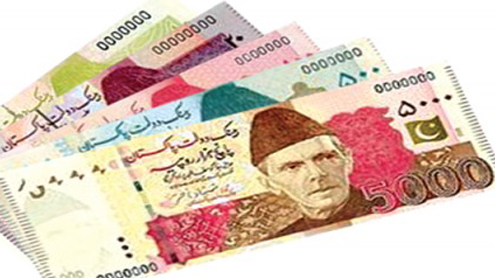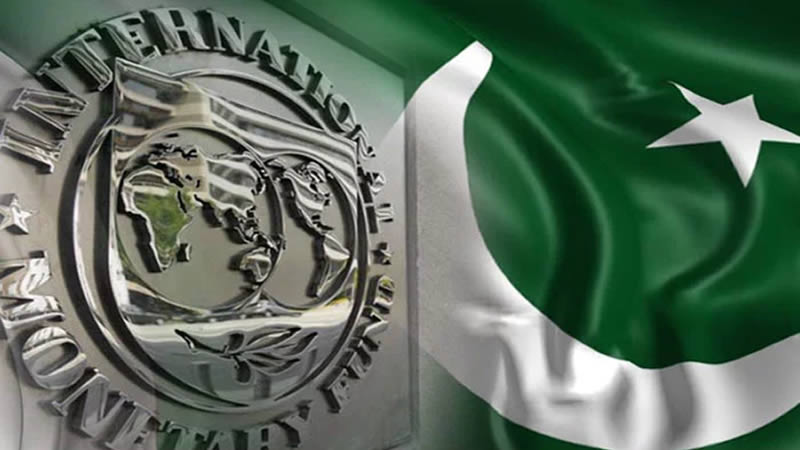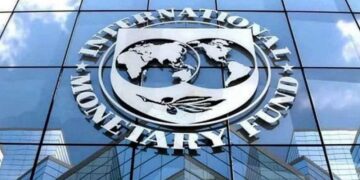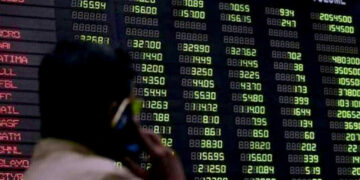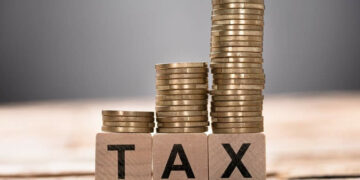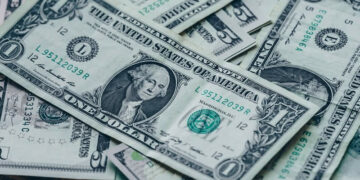
KARACHI – The outgoing financial year 2011-12 saw the country’s external account failing to repeat what the economic observers said the sterling performance of fiscal year 2010-11 and once again turned red.
FY11 had seen the current account balance registering a $ 542 million surplus against a deficit of $ 3.946 billion in FY10. By end-June FY12, however, the current account gap is expected to hover around 1.8 percent of the GDP with poor foreign inflows making it difficult for the economic mangers to finance this deficit through financial account. Overall, the country’s dollar reserves, peaking to all-time high of $ 18.3 billion in July 2011, are estimated to have shrunk by $ 3.3 billion to $15.0 billion by the mid of this month June and are expected to fall further due to more debt servicing.
For the weakening of country’s external account, the analysts cite unfavorable prices of commodities, tense Pak-US relationship, reduced foreign inflows and higher debt repayments as major attributing factors. This, resultantly, pressured Pak Rupee that depreciated by 8.8 percent from Rs 86.1 to Rs 94.4 against the dollar in the inter-bank market during FY12YTD. “This compares unfavorably with FY11’s 1 percent depreciation and 10 years average depreciation of 4 percent,” viewed Topline analyst Nauman Khan.
The currency dealers in open market also see seasonal factors like annual Hajj ritual, which every year increases demand for the greenback in the local money market by $200-$300 million, responsible for “temporary” appreciation of the American currency. “The current hike is a routine as last year too the dollar had appreciated to Rs 93 and then came down to Rs 88,” recalled Malik Bostan, chairman Exchange Companies Association of Pakistan.
Recent weeks saw the rupee devaluing to the lowest level of Rs 96.80 against a dollar. However, on Monday it recovered on the currency market and gained 10 paisa for buying and 95.80 and 96.00 for selling. The analysts, however, predict further pressure on the rupee in prospect. “Pressure on the PKR is expected to continue in FY13 with further increase in the debt payment, including $ 2.2 billion IMF debt repayment, uncertain Pak-US relationship and reduced foreign flows,” Khan said.
On the flip side, the analyst said, materialization of Coalition Support Fund, PTCL’s privatization receipts, auction of 3G license and subdued oil prices could provide the much-needed relief to the rupee. “Our assessment suggests that for every $10 per barrel decline in oil prices, annual oil import bill reduced by $1.2 billion,” he said. A timely decision by Islamabad to resolve the lingering Nato supplies issue and a likely re-entering into the IMF program are other factors, the analysts believe, would provide some respite the rupee would be direly needing in FY13.
Inflation is another negative that was not let deflate by the cash-strapped government’s massive bank borrowings to finance the mounting fiscal deficit.
During FY12YTD up to June 8, the funds-starved federal and provincial governments borrowed an additional Rs 1.2 trillion from the banking system, of which Rs 502 billion constitutes inflationary borrowing from the central bank, approximately Rs 285 billion during January-MarchFY12.
This, having adverse implications on the interest rates particularly in the second half of FY12, made the central bank halt further easing of the monetary policy from the current 12 percent. Coupled with government’s bank borrowings, weakness in the external account also negatively impacted domestic liquidity position, especially during the second half, January-JuneFY12, when the budget deficit was largely financed through local channels.
During 1H, the State Bank had cut the discount rate by 200 basis points staggered in two stages, while maintained the same in the 2H as pressure on the rupee and liquidity re-emerged. As a result the benchmark 6-month T-Bill yield, which fell to lowest level of 11.5 percent in January 2012 from 13.7 percent at the beginning of FY12, recovered to 11.93 percent at end-June.
“There seems little room for further cut in the policy rate but could see a round of rate hikes if the liquidity issue is not resolved,” said Khan who sees more pressure on country’s external account owing to traction in oil prices, strained Pak-US ties and above expectation contraction in foreign flows. “The CA deficit is expected to hover around 1.8 percent of GDP in FY12 against the government’s target of 0.6 percent and SBP’s 1.5-2.5 percent,” the analyst said. -Pakistantoday


